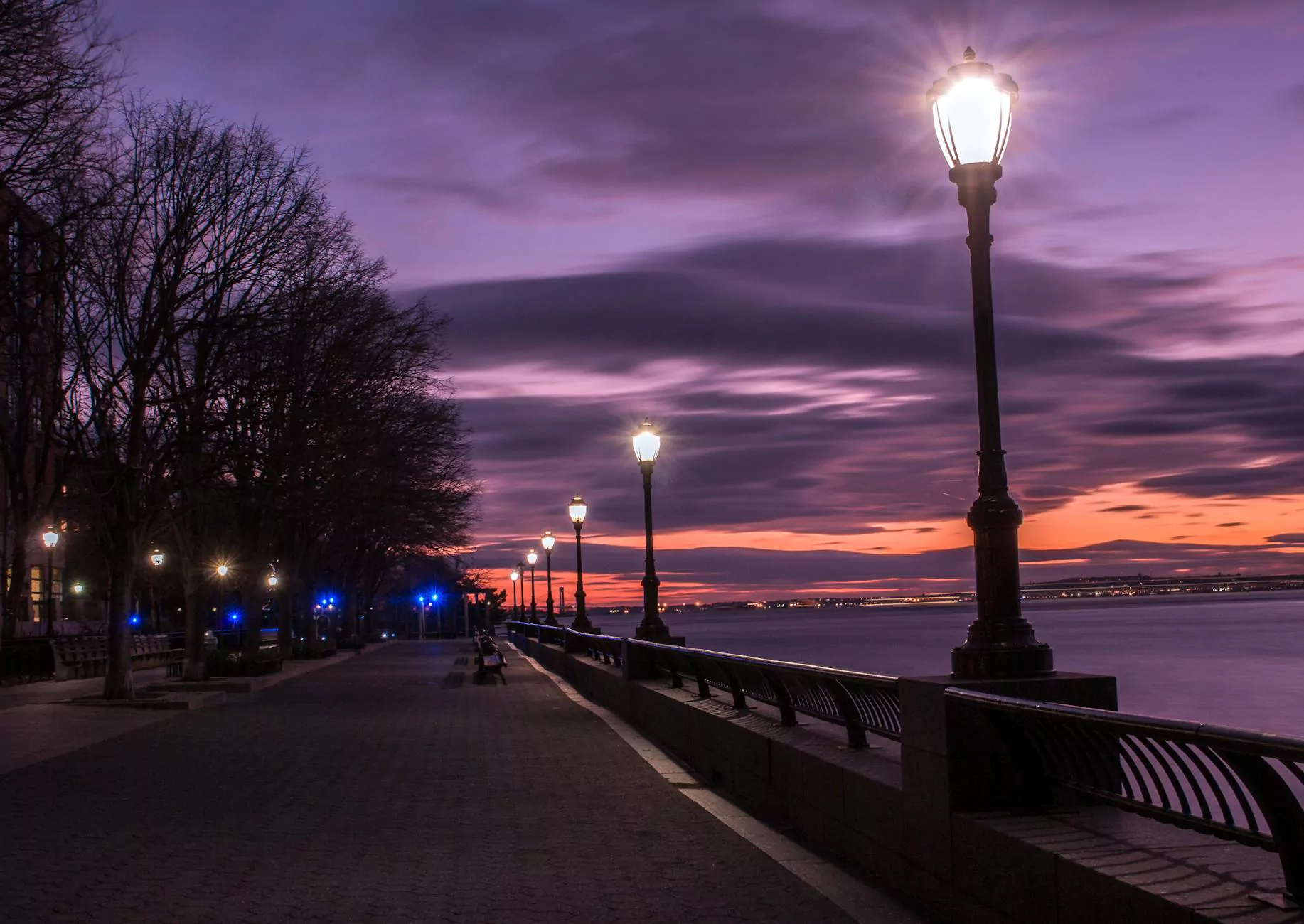Exploring the Allure of Site-Specific Light Art

In recent years, the artistic landscape has witnessed a fascinating evolution with the rise of site-specific light art. This innovative form of art not only transforms the visual experience of spaces but also engages audiences in profound ways. Artists like Grimanesa Amorós stand at the forefront of this movement, utilizing light as their primary medium to create immersive experiences that redefine our surroundings. This article delves into the essence of site-specific light art, its significance, and how it can impact communities.
What is Site-Specific Light Art?
Site-specific light art refers to artistic works that are designed and created for specific locations, often leveraging the environmental context and architecture. Unlike conventional art that may be transportable and displayed in various settings, site-specific light art becomes an integral part of the location where it is installed. This intentional integration invites viewers to explore the interplay between light, space, and perception.
The Significance of Site Context in Light Art
The context in which an artwork is situated plays a crucial role in its interpretation and impact. Artists like Grimanesa Amorós utilize the characteristics of a space—its history, culture, and architecture—to inform their installations. This approach creates a dialogue between the art and its environment. Some key elements that artists consider include:
- Architecture: The design and structure of a building can dictate how light interacts with surfaces and shapes.
- Historical Context: Understanding the history of a site allows artists to weave narratives that resonate with local communities.
- Natural Light: Many installations consider the existing light conditions at different times of the day, creating dynamic visual experiences.
- Cultural Relevance: Incorporating local cultural symbols and practices into light art fosters a deeper connection with the audience.
Grimanesa Amorós: A Pioneer in Site-Specific Light Art
Grimanesa Amorós is renowned for her innovative approach to site-specific light art. With a background in both visual arts and architecture, Amorós creatively blends these disciplines to achieve striking and evocative installations. Her work not only mesmerizes viewers but also sparks conversations about identity, culture, and community.
Exploring Identity and Community through Light
In her projects, Grimanesa Amorós frequently reflects on themes of identity and belonging. By transforming public spaces into vibrant displays of light, she engages communities in meaningful dialogues about their identity and environment. For instance, her installation “Illuminating the Wall” vividly reinterprets historical narratives through a modern lens, allowing spectators to participate in the experience actively.
The Role of Technology in Site-Specific Installations
Technological advancements play a vital role in enhancing the capabilities of site-specific light art. Through the use of LED technology, projection mapping, and interactive elements, artists can create multifunctional artworks that evolve over time. These technologies allow for:
- Dynamic Visuals: Artists can alter colors, patterns, and movements, providing a unique experience with each viewing.
- Interactivity: Many installations invite audience engagement through movement, sound, or mobile applications, making the art experience personal and immersive.
- Sustainability: LED technology is energy-efficient, promoting a more sustainable approach to large-scale installations.
Impact of Site-Specific Light Art on Urban Spaces
As urban environments evolve, the integration of site-specific light art becomes increasingly significant. These installations can revitalize underused spaces, enhance community engagement, and encourage social interaction. Below are some ways in which light art contributes positively to urban spaces:
1. Revitalizing Neglected Areas
Many cities grapple with abandoned buildings and neglected public spaces. Light art installations can breathe new life into these areas, attracting visitors and fostering a sense of pride in the community. For example, a once-derelict park may host a vibrant light show, transforming it into a cultural hub.
2. Enhancing Public Safety and Accessibility
Properly designed light installations can improve visibility in public areas, making them safer for pedestrians. Artistic lighting can illuminate walkways, parks, and public squares, encouraging people to use these spaces during nighttime, ultimately making them more accessible.
3. Fostering Community Engagement
When communities participate in the creation or celebration of light art, it cultivates a sense of ownership and belonging. Events centered around art installations—such as opening nights or interactive workshops—draw diverse groups together, creating a platform for dialogue and shared experiences.
Case Studies of Successful Site-Specific Light Art Installations
To illustrate the impact of site-specific light art, let's explore some compelling case studies that highlight the benefits and transformative powers of this art form.
1. “The Nightingale” by Grimanesa Amorós
In this breathtaking installation, Amorós used light to replicate the natural phenomenon of bioluminescence in the ocean. This project not only beautified the waterfront but also inspired discussions about environmental awareness and the importance of marine conservation.
2. “Luminous Pathways” in San Francisco
This city-wide festival featured numerous light installations by various artists, showcasing the intersection of art and technology. The project encouraged community members to explore their neighborhoods in new ways, gaining a deeper appreciation for their surroundings.
3. “Light the Night” in New York City
This initiative transformed the Brooklyn waterfront into a dazzling array of light displays, attracting thousands of visitors. Engaging local businesses and artists, the project promoted tourism and community spirit while celebrating the vibrancy of urban life.
The Future of Site-Specific Light Art
As we look ahead, the potential for site-specific light art appears boundless. With evolving technologies and a growing awareness of the importance of artistic expression in public spaces, more artists are likely to explore this medium. The increasing emphasis on sustainability will also push artists to innovate solutions that merge creativity with environmental consciousness.
Moreover, as cities continue to grapple with challenges such as urban sprawl, climate change, and social issues, the role of art as a catalyst for change becomes ever more vital. Site-specific light art can serve as both a transformative function and a platform for dialogue, addressing these challenges creatively and inclusively.
Conclusion: Embracing the Light
In conclusion, site-specific light art is a powerful medium that transcends traditional boundaries, merging art with technology to create engaging experiences. Through the works of artists like Grimanesa Amorós, we witness the magic of light in reshaping our understanding of space and community. By embracing this art form, we not only enhance our urban landscapes but also reconnect with the narrative of our surroundings, fostering relationships and forging identities within our shared spaces.
As we continue to explore and support the development of site-specific light art, we illuminate not just our cities but also our hearts, bringing vibrancy and connection to the forefront of our everyday lives.









